POST DOC POSITIONS
A few post doctoral positions are available in the field of attosecond physics.
Attosecond dynamics of optoelectronic systems
The goal of the project is to overcome the femtosecond time-scale bottleneck and get direct information on the early stages of electron and charge transfer generated by visible and ultraviolet light absorption on organic optoelectronic systems, by extending the tools of attosecond science beyond the state of the art.
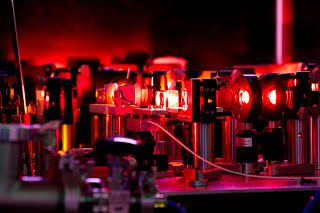
The objective is to provide clear-cut movies of electron and charge transfer processes with unprecedented time resolution and with the ultimate goal of engineering the molecular response to optimize the light driven processes leading to the desired opto-electronic behaviour.
The research activity is within an ERC-funded project: ERC Synergy Grant “TOMATTO – The ultimate time scale in organic molecular opto-electronics, the attosecond,” based on the synergic work of three research teams led by Prof. Mauro Nisoli (Politecnico di Milano), Prof. Fernando Martín (IMDEA and Universidad Autonoma de Madrid) and Prof. Nazario Martín (Universidad Complutense de Madrid).
→ Details about this position can be found HERE.
UV-XUV transient absorption spectroscopy
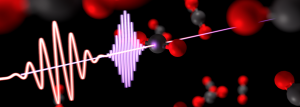 The position is funded by the PRIN project ASTRAL, “Novel ultrafast spectroscopies for the investigation of transition metal complexes”. ASTRAL aims to push ultrafast spectroscopy and theoretical modelling significantly beyond the state-of-the-art in order to resolve with unprecedented temporal resolution the early stages of light-induced molecular dynamics on transition metal complexes. The research is highly multidisciplinary combining the efforts of three teams: ultrafast spectroscopy (Dr. Borrego Varillas, CNR-IFN), quantum chemistry simulations (Dr. Artur Nenov, Università di Bologna) and chemical synthesis (Dr. Wojciech Mroz, CNR-SCITEC)
The position is funded by the PRIN project ASTRAL, “Novel ultrafast spectroscopies for the investigation of transition metal complexes”. ASTRAL aims to push ultrafast spectroscopy and theoretical modelling significantly beyond the state-of-the-art in order to resolve with unprecedented temporal resolution the early stages of light-induced molecular dynamics on transition metal complexes. The research is highly multidisciplinary combining the efforts of three teams: ultrafast spectroscopy (Dr. Borrego Varillas, CNR-IFN), quantum chemistry simulations (Dr. Artur Nenov, Università di Bologna) and chemical synthesis (Dr. Wojciech Mroz, CNR-SCITEC)
→ Details about this position can be found HERE.
PHD POSITIONS
The PhD thesis will be hosted by Politecnico di Milano. They typically last for 3 years with possible starting in November, February and May. Applications need to be submitted enough in advance (typically a bit more than two months). The positions currently open are:
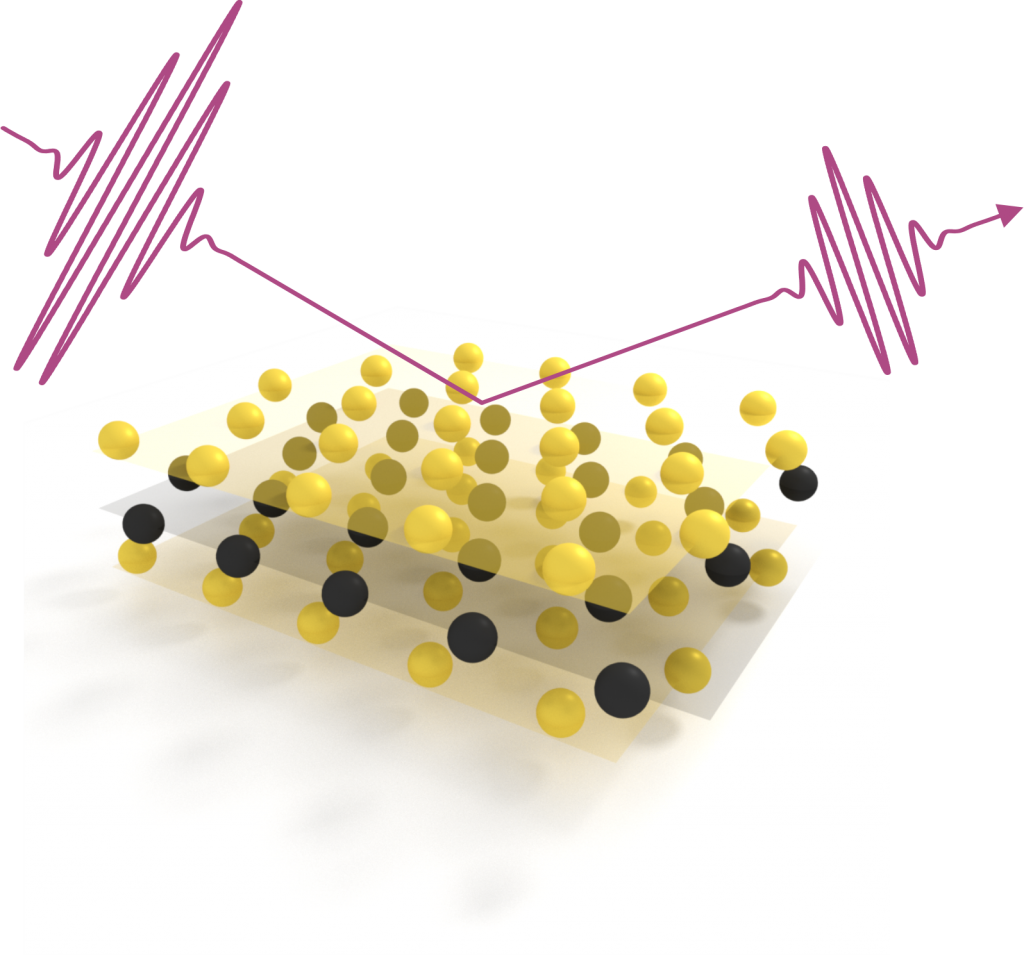
Attosecond dynamics in solids: from bulk to advanced 2D materials
Attosecond spectroscopy of solids is still in its infancy and its application to advanced materials is far from being trivial. Within this PhD thesis the Candidate will have to extend the known approaches to unconventional materials combining different pump-probe techniques with static measurements at synchrotron facilities. The main goal is to study exciton dynamics in 2D materials like transition-metal dichalcogenides. The candidate will also take part in the construction of the new polarization-invariant attosecond beamline. This position is funded by the ERC StG project AUDACE: http://www.audaceproject.it/
Circularly polarized attosecond pulses
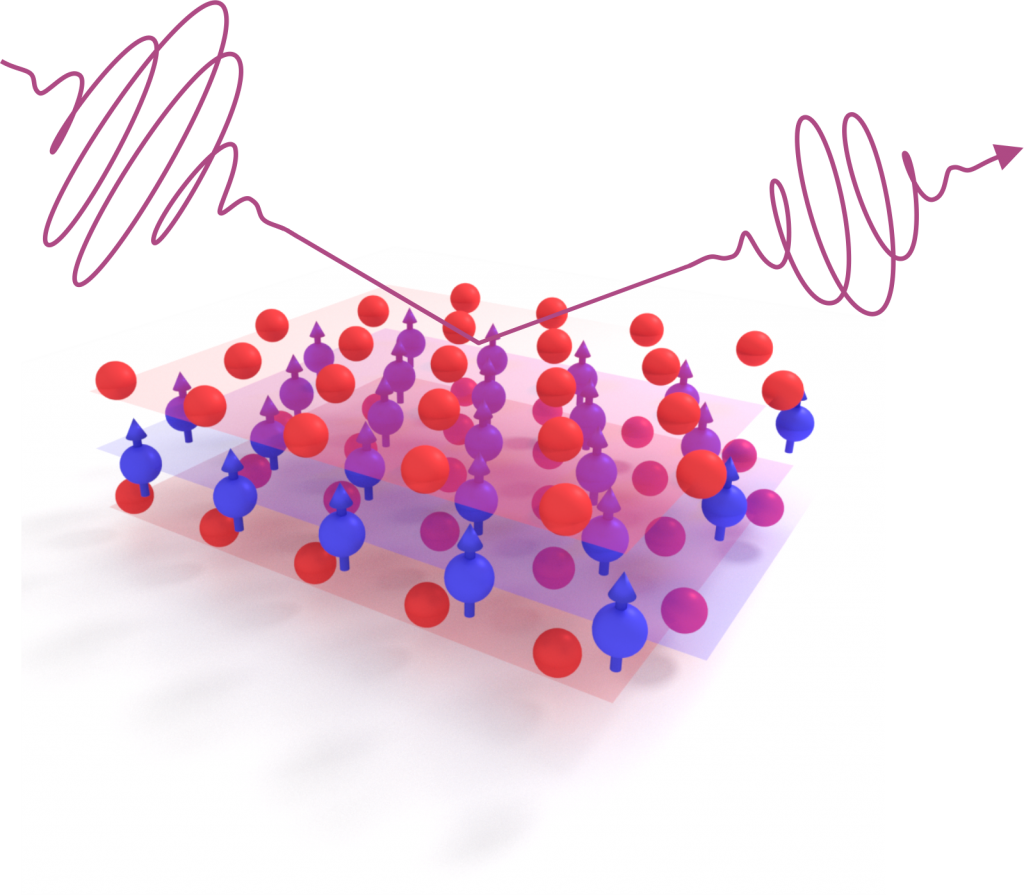
The possibility to generate extreme-ultraviolet pulses with circular polarization and sub-fs time duration is at the frontier of Attosecond Science, enabling important and unprecedented applications. In the framework of this PhD work, the Candidate will have to investigate and implement different generation schemes for attosecond pulses of arbitrary polarization. After this, the candidate will employ these pulses to study ultrafast magnetic properties in solids where the underling physical mechanisms are poorly understood. This position is funded by the ERC StG project AUDACE: http://www.audaceproject.it/
MASTER THESIS
We are looking for motivated master students to work in the following topics :
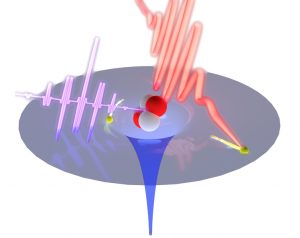 UV pump/attosecond probe spectroscopy of charge-transfer complexes
UV pump/attosecond probe spectroscopy of charge-transfer complexes
The temporal resolution provided by XUV attosecond pulses (1 as= 10-18 s) allows one to follow the electron dynamics in matter. The research activity at the basis of the thesis work is focused on the investigation of the ultrafast electron dynamics occurring in charge-transfer complexes.
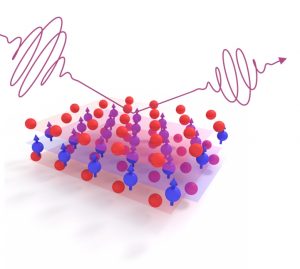 Attosecond transient reflectivity of novel low-dimensional materials
Attosecond transient reflectivity of novel low-dimensional materials
After the initial development in gas phase, attosecond spectroscopy techniques are now ready for application to condensed targets where fundamental physics questions related to the coherent response during light-matter interaction still remain unanswered. In order to answer them, we need a probe capable to interview the sample with sub-femtosecond time resolution. Attosecond extreme-ultraviolet pulses represent the perfect tool to reach this goal.
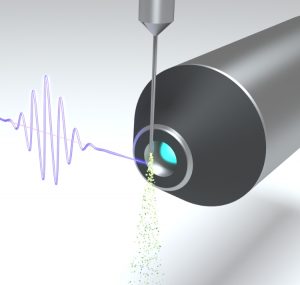
Few-fs-resolved photoemission spectroscopy in organic compounds
This thesis is focused on ultrafast photoelectron spectroscopy of organic molecules by using an innovative beamline to track the fundamental physical processes occurring in the first few femtoseconds after UV excitation.
For applications, please contact:
Prof. Mauro Nisoli
mauro.nisoli@polimi.it
+39 02 2399 6167
Prof. Matteo Lucchini
matteo.lucchini@polimi.it
+39 02 2399 6591
Dr. Rocío Borrego-Varillas
rocio.borregovarillas@cnr.it
+39 02 2399 6581
Prof. Maurizio Reduzzi
maurizio.reduzzi@polimi.it
+39 02 2399 6178
